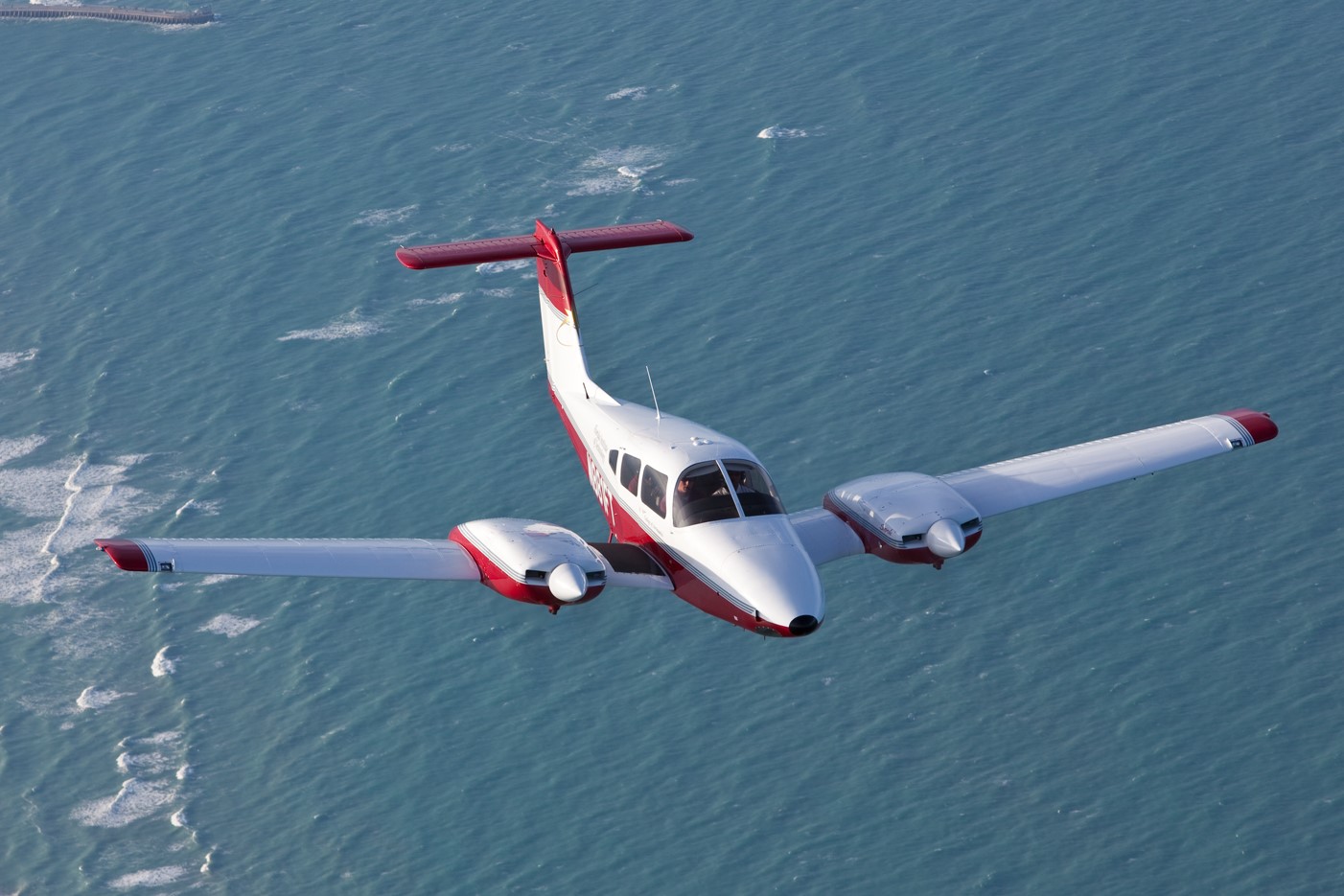Document Type
Article
Publication Title
Weather and Forecasting
Abstract
A computationally efficient method of producing tropical cyclone (TC) wind analyses is developed and tested, using a hindcast methodology, for 12 Gulf of Mexico storms. The analyses are created by blending synthetic data, generated from a simple parametric model constructed using extended best-track data and climatology, with a first-guess field obtained from the NCEP-NCAR North American Regional Reanalysis (NARR). Tests are performed whereby parameters in the wind analysis and vortex model are varied in an attempt to best represent the TC wind fields. A comparison between nonlinear and climatological estimates of the TC size parameter indicates that the former yields a much improved correlation with the best-track radius of maximum wind rm. The analysis, augmented by a pseudoerror term that controls the degree of blending between the NARR and parametric winds, is tuned using buoy observations to calculate wind speed rootmean- square deviation (RMSD), scatter index (SI), and bias. The bias is minimized when the parametric winds are confined to the inner-core region. Analysis wind statistics are stratified within a storm-relative reference frame and by radial distance from storm center, storm intensity, radius of maximum wind, and storm translation speed. The analysis decreases the bias and RMSD in all quadrants for both moderate and strong storms and is most improved for storms with an rm of less than 20 n mi. The largest SI reductions occur for strong storms and storms with an rm of less than 20 n mi. The NARR impacts the analysis bias: when the bias in the former is relatively large, it remains so in the latter. 2013 American Meteorological Society.
DOI
10.1175/WAF-D-12-00054.1
Publication Date
4-1-2013
Recommended Citation
Lazarus, S. M., Wilson, S. T., Splitt, M. E., & Zarillo, G. A. (2013). Evaluation of a wind-wave system for ensemble tropical cyclone wave forecasting. part I: Winds. Weather and Forecasting, 28(2), 297-315.



Comments
Copyright 2000. American Meteorological Society (AMS). Permission to use figures, tables, and brief excerpts from this work in scientific and educational works is hereby granted provided that the source is acknowledged. Any use of material in this work that is determined to be fair use under Section 107 of the U.S. Copyright Act or that satisfies the conditions specified in Section 108 of the U.S. Copyright Act (17 USC 108) does not require the AMS's permission. Republication, systematic reproduction, posting in electronic form, such as on a website or in a searchable database, or other uses of this material, except as exempted by the above statement, requires written permission or a license from the AMS. All AMS journals and monograph publications are registered with the Copyright Clearance Center (http://www.copyright.com). Questions about permission to use materials for which AMS holds the copyright can also be directed to the AMS Permissions Officer at permissions@ametsoc.org. Additional details are provided in the AMS Copyright Policy statement, available on the AMS website